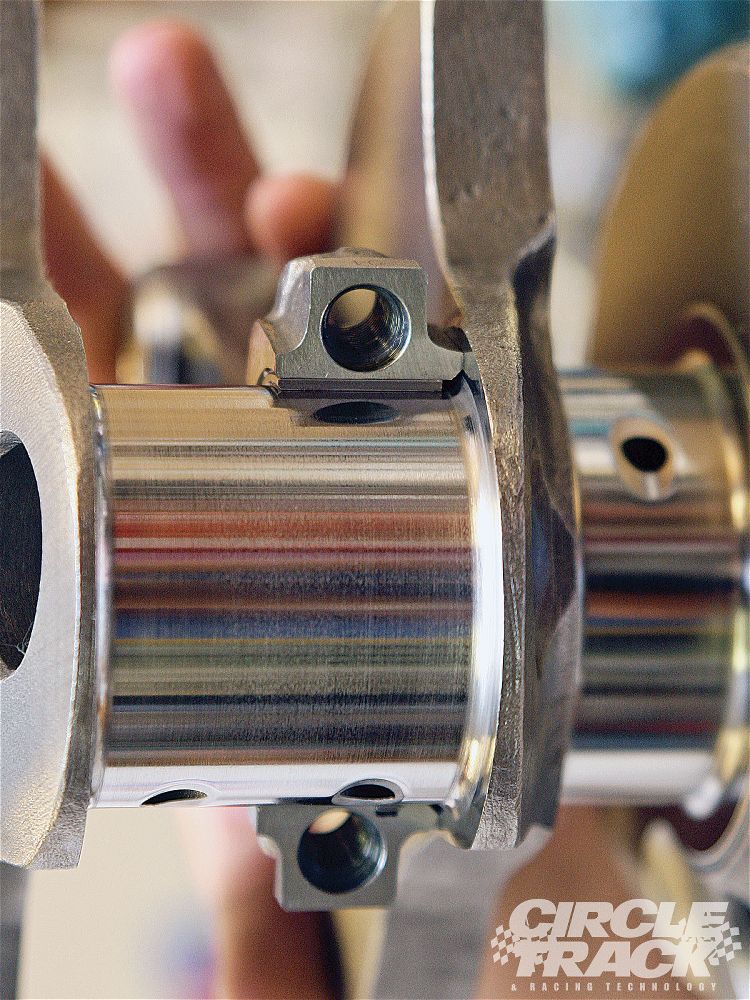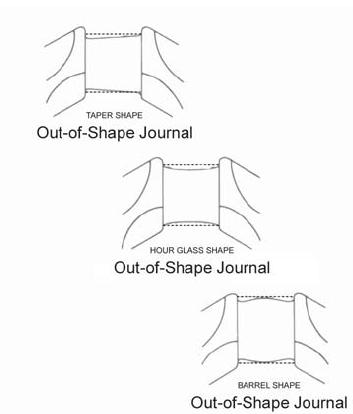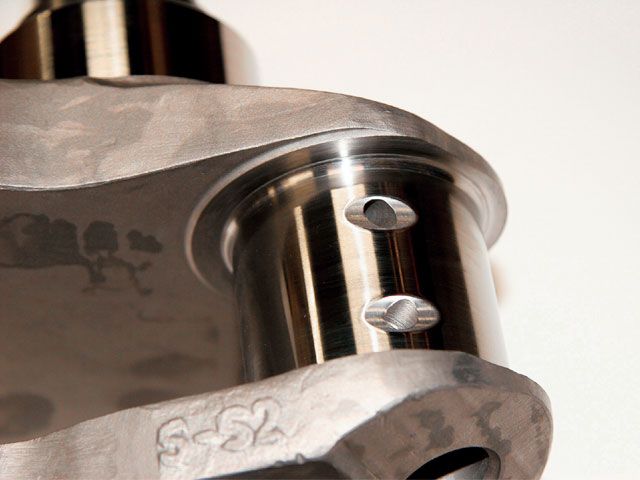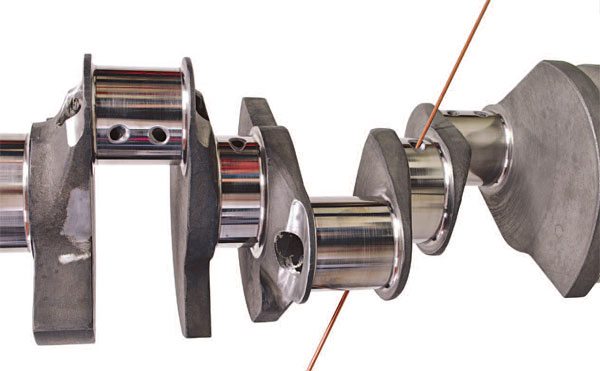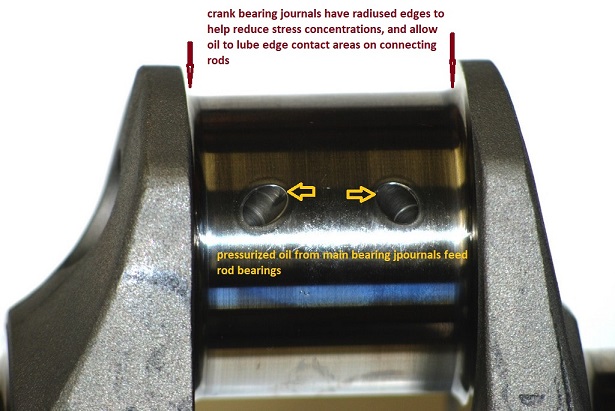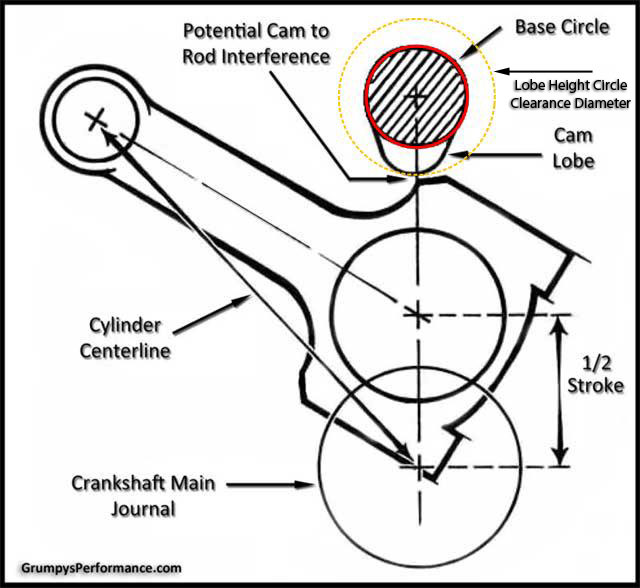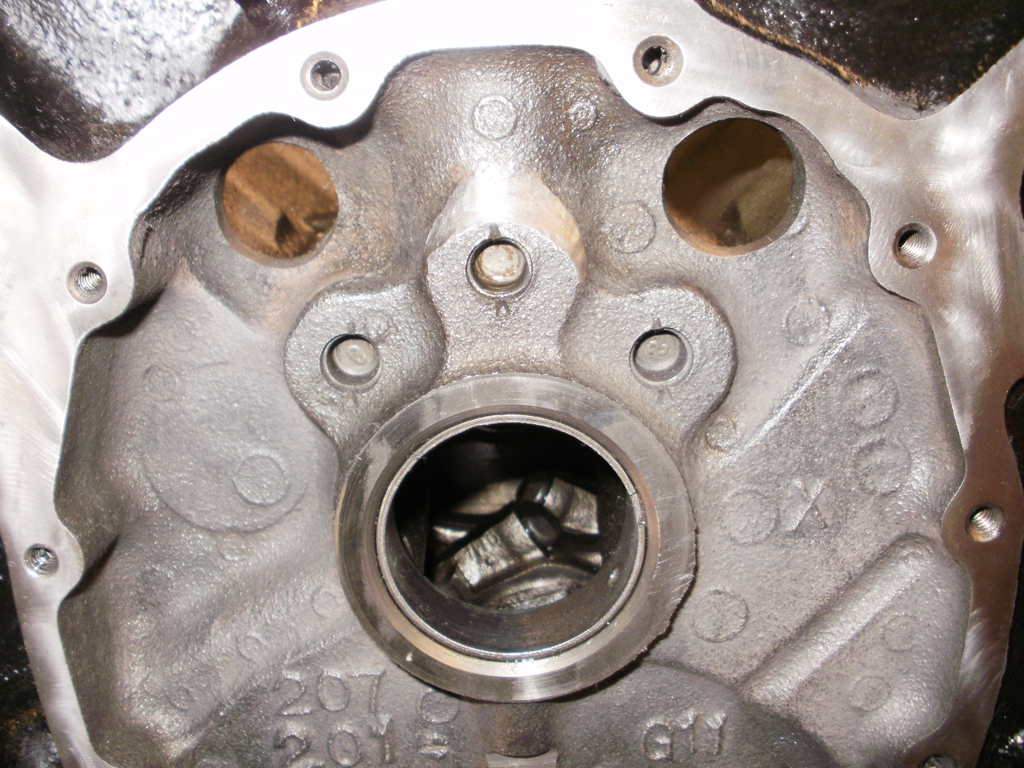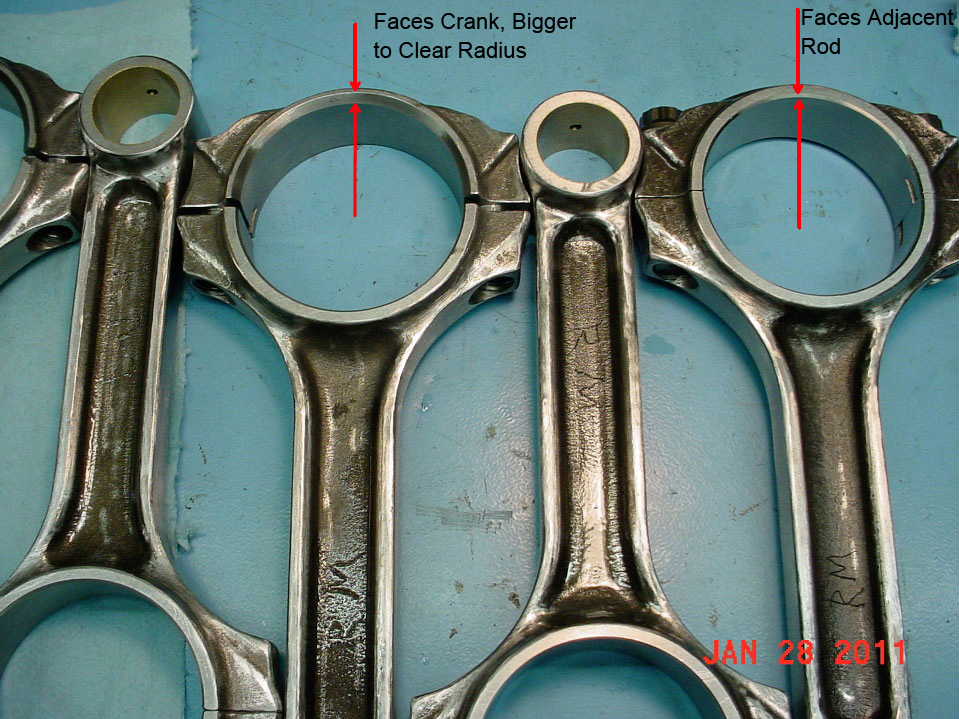this is a great example of (engine building" vs parts assembly)
Id bet 80% or more of the people assembling parts have never checked most component clearances ,
except in most cases for ring end gap and bearing to crank journal, as thats almost mandatory.
things like,
piston to the cylinder head (quench)
piston to valve,
rocker slot to rocker stud,
connecting rod to cam lobe,
connecting rod to block skirt,
piston skirt to crank counterweight,
cam button to the timing cover,
spring bind height,
rod side clearance,
thrust bearing clearance,
ring end gap and piston slot back clearance on rings.
piston to bore clearance.
pushrod to the cylinder head, or guide plate,
crank journal taper and concentricity and surface smoothness
cylinder head surface and not being warped
cleaning out all the threaded holes with a tap.
sonic testing bore walls
having the block , crank and heads checked for micro-cracks
verifying the oil pump drive shaft has about .050 clearance with the distributor fully seated,
replace and shim distributor gear with new cam installation
verify oil pump relief spring function, test to ensure it opens at no higher than 70 psi
checking for crank straitness.
verify crank journal to counter weight junction has consistent radias
verify head gasket opening is at least .030 larger than bore diameter all the way around bore circumference
verifying main cap concentricity and shoulder depth.
verify pushrod length and valve train geometry.
timing chain slack, and/or lack of clearance to the timing cover.
verify theres no crud inside push rods or block oil passages.
verify the block oil passages and bearing oil holes align properly (correct and bevel as required)
MEASURE CAREFULLY
notice how the rod bolts come close to the cam bearings as the pistons reach top dead canter in the bores
reading links and sub-links will take days ,
but it's sure to save you hundreds of dollars ,
and weeks of wasted effort.
http://garage.grumpysperformance.com/index.php?threads/bearing-clearances.2726/
http://garage.grumpysperformance.co...tion-of-crank-durring-short-blk-assembly.852/
http://garage.grumpysperformance.com/index.php?threads/another-rings-end-gap-question.14994/
http://garage.grumpysperformance.com/index.php?threads/oil-system-mods-that-help.2187/
http://garage.grumpysperformance.co...alves-and-polishing-combustion-chambers.2630/
http://garage.grumpysperformance.com/index.php?threads/valve-train-clearances-and-problems.528/
http://garage.grumpysperformance.com/index.php?threads/checking-piston-to-valve-clearances.399/
http://garage.grumpysperformance.com/index.php?threads/cam-bearing-install-tools-install-info.1479/
http://garage.grumpysperformance.com/index.php?threads/rocker-push-rod-wear-issues.9815/
http://garage.grumpysperformance.co...e-springs-and-setting-up-the-valve-train.181/
http://garage.grumpysperformance.com/index.php?threads/cylinder-head-resurfacing.15767/
http://garage.grumpysperformance.co...ng-and-basic-piston-ring-info-youll-need.509/
http://garage.grumpysperformance.com/index.php?threads/engine-assembly-tips.4294/











